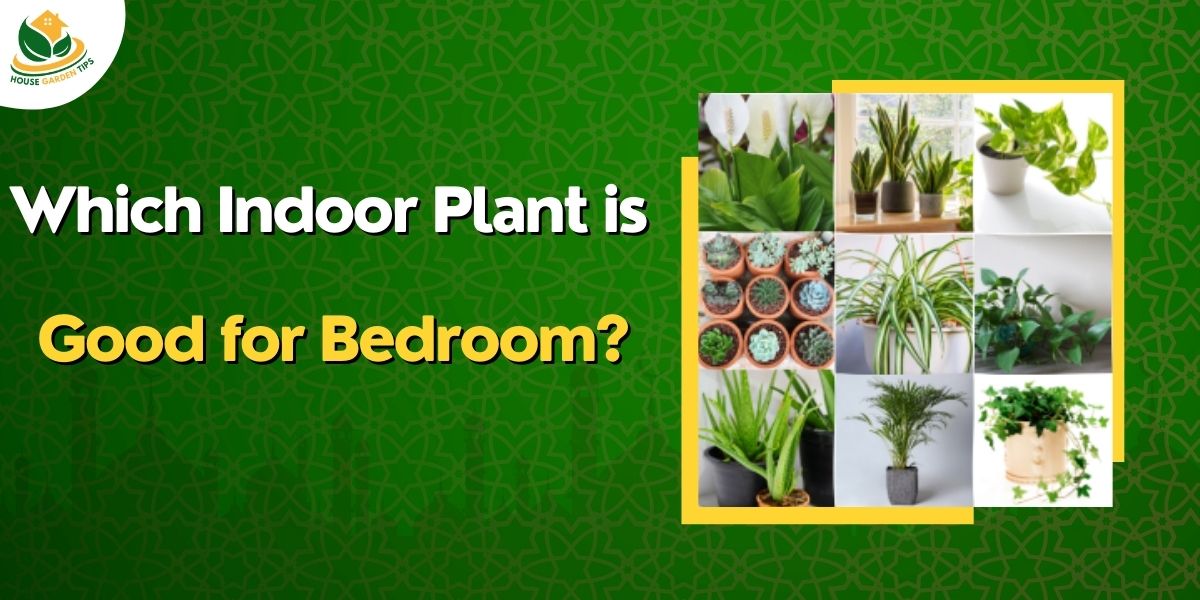Table of Contents
Fragrant Indoor Plants
One of the best ways to brighten up any indoor space is with a flourishing collection of fragrant indoor plants. Not only do they provide a natural and relaxing scent, but they can also add character and personality to any room in your home. There are a wide variety of different plants that can be used in your garden or as houseplants. Whether you are creating a garden from scratch or simply adding a few scented plants to brighten up your home, there are several things to consider before you start planting.
Firstly, it is important to choose a suitable location in the garden or indoors to plant your aromatic plants. Ideally, you should choose a spot that has good exposure to sunlight, but you should also try to place the plants in an area that has good airflow. It is also important to remember that some plants can be quite delicate, so it is important to plant them in a place where they can receive adequate support.
Make Your Home Smell Good with these Fragrant Houseplants
1. GARDENIA
Gardenia plants are a popular choice for houseplant enthusiasts. The genus gardenia contains more than 250 species of fragrant plants. These plants come in a variety of shapes and sizes, making them perfect for any space. They love sunlight, temperatures between 15 to 30°C and humid conditions.
2. ARABIAN JASMINE PLANT
Arabian Jasmine is highly scented and attractive to look at. This plant grows well indoors if it gets enough light. It prefers a warm climate with temperatures between 18°C and 32°C, so it will require a regular misting of water and moist soil.
3. SCENTED GERANIUM IN A POT
Scented Geranium’s highly fragrant flowers make them a beautiful addition to any room. They thrive in the right sunlight and prefer slightly cooler temperatures than some other varieties. They also require regular watering and a humid environment to thrive.
4. THE BLOOM OF DESERT ROSE
Desert rose is a highly scented and colourful flower that thrives indoors. When bloomed its unique look and incredible scent make this a wonderful addition to any room. It prefers temperatures between 18 to 32°C and a bright light but does not require direct sunlight. It prefers a moist environment and needs to be watered regularly when it’s dry.
5. PHILODENDRON
Philodendron plants are a popular choice for houseplant enthusiasts. This plant comes in a wide variety of sizes and shapes, so it’s easy to find one that fits any home. It prefers bright, indirect sunlight and warmer temperatures between 18 to 32°C. It also requires regular watering and prefers to be kept in a humid environment.
6. ARECA PALM
Areca palm is a tropical plant that is gaining popularity as an indoor plant, it has fragrant lemon-scented flowers. It has long, shiny green leaves and produces small white flowers that appear in the summer. This plant has deep roots so it can be difficult to transplant but is easy to grow indoors once established. It requires considerate amount of moisture and regular fertilizing to maintain its health and beauty.
7. BRING HOME A LAVENDER
Lavender is a wonderful choice for an indoor plant because it produces beautiful purple flowers and they smell amazing! This plant needs a good amount of sunlight and water to survive but requires very little care after it is initially planted. Temperature requirements are also moderate, so the lavender plant can grow almost anywhere in the home.
8. LEMON GRASS
Lemon grass is an aromatic herb that is often used in cooking for its citrusy flavor. This beautiful plant adds visual appeal to any room with its tall stalks and distinctive leaves. It does not like direct sunlight, so it should be placed in a sunny location with indirect sunlight for optimal growth. Temperature requirements are moderate, and it prefers to be watered daily or every other day when the soil is dry.
9. THE FRAGRANCE OF LILY OF THE VALLEY
Lily of the valley is more fragrant than most other plants on this list! This delicate plant grows well indoors without a lot of care and attention. It is sensitive to changes in temperature and should never be exposed to extreme heat or cold. For best results, place this indoor plant in a sunny window and always keep it moist.
10. MYRTUS
Myrtus is an aromatic plant with a sweet scent that is commonly used in aromatherapy. It has small pink flowers that bloom in the spring and can be grown indoors all year round. This plant likes bright, indirect light and should be kept in a warm environment with medium moisture levels.
11. ORCHIDS - ONE OF THE BEST INDOOR PLANTS
Orchids have quite a fragrance and most are famous for their ability to grow in extreme environments. They are relatively easy to care for and require minimal care to thrive. They prefer bright and indirect light and should be kept in warm, humid environments. Watering should be done when the soil is dry to ensure that the plant does not die. The potting mixture should be changed regularly to keep it from rotting.
12. CAPE JASMINE - AN AROMATIC PLANT
Cape jasmine is an indoor plant that is popular for its sweet, fragrance and glossy leaves. It is easy to grow, needs little water, and can be grown in a pot or on the ground. These flowering plants can grow to be up to 18 inches tall and has a wide range of colours including purple, pink, blue or white. However, the Cape jasmine does not flower all year round. Therefore, the best time to plant them is in spring or fall when the temperatures are moderate. The plant has sharp thorns at the base of the leaves and should be handled with care when watering it for the first time.
However, the plant is relatively low-maintenance and can be watered every two or three days during the summer. It prefers a medium temperature and can survive in temperatures of up to 25°C. For best results, the water should be at room temperature and the plants should be kept away from direct sunlight. Cape jasmine can tolerate any light conditions provided they are kept in a cool, dark location during the winter months.
13. ROSEMARY - ONE OF THE BEST FRAGRANT PLANTS
Rosemary plant is a fragrant plant with light pink flowers that bloom in the summer. The plant needs to be placed in a cool shaded spot, outdoors in the summer and indoors during the winter. It needs to be watered regularly to keep it alive and healthy, if the soil is dry water the plant thoroughly. However, if it is overwatered it can cause root rot which can kill the plant. Sunlight will cause the plant to wit faster. Too much sunlight will also cause the flower buds to turn brown and die off. Temperature is also an important factor in the growth of this beautifully fragrant plant.
The ideal temperature ranges between 65-75°F. Higher temperatures will cause it to wilt more quickly, while lower temperatures will cause the plant to take longer to bloom. So make sure you keep it at the right temperature. Soil type is also important. If the soil is too sandy it will cause drainage problems for the plant so it needs to be moist but not too wet. If the soil is too damp it will kill the roots of the plant and cause it to die. You can use a homemade mixture for planting them in your gardens. Mix some compost in the soil and add some fertilizer. This will help add more nutrients to the soil and stimulate the growth process of the plant.
14. FRAGRANT TEA OLIVE
Fragrant tea olive is a popular indoor plant because it is easy to care for and does well in most homes. This low-maintenance plant needs little water and fertilizer. Water your fragrant tea olive when the top inch of the soil is dry to the touch. We recommend watering the plant once a week with room temperature water. Fertilize your Fragrant Tea Olive monthly. A granular water-soluble plant food works well for most plants. You can also mix in a little bit of epsom salt for added nutrients.
To ensure that your plant grows healthy and strong, move it indoors during the winter and keep it outdoors during the summer. Prune off any dead or damaged leaves to prevent them from spreading disease to the rest of the plant. When picking flowers from your Tea Olive, use only the stems that are mature and have at least one or two buds. Rotate the pots periodically so that the plant receives equal amounts of sunlight and water on all sides. Once your plant starts growing flowers stop fertilizing it. The plant will do fine without the extra nutrients.
15. SPEARMINTS
Spearmint is an awesome home fragrance product that provides aromatherapy while also purifying the air in your home with its antiseptic properties. Here are a few tips to help you keep your spearmint plant healthy. Place its pot in a warm area of your home with plenty of indirect sunlight. Spearmints like the sun as much as you do! Water your spearmint weekly enough to keep the soil moist, but not soggy. Adding a couple of ice cubes to the water will help keep it cooler in the summer and prevent mould or mildew from forming on the plant’s leaves.
Temperature can be a factor in determining the amount and frequency of moisture a plant needs; if the temperature is below 60°F the plant will need to be watered more frequently than if it is above 75°F. Fertilize your spearmint once a month with liquid plant food. Prune away any dead or damaged leaves to prevent the spread of disease and to keep your plant looking tidy. Harvest the flowers when they first appear to encourage more blooms.






